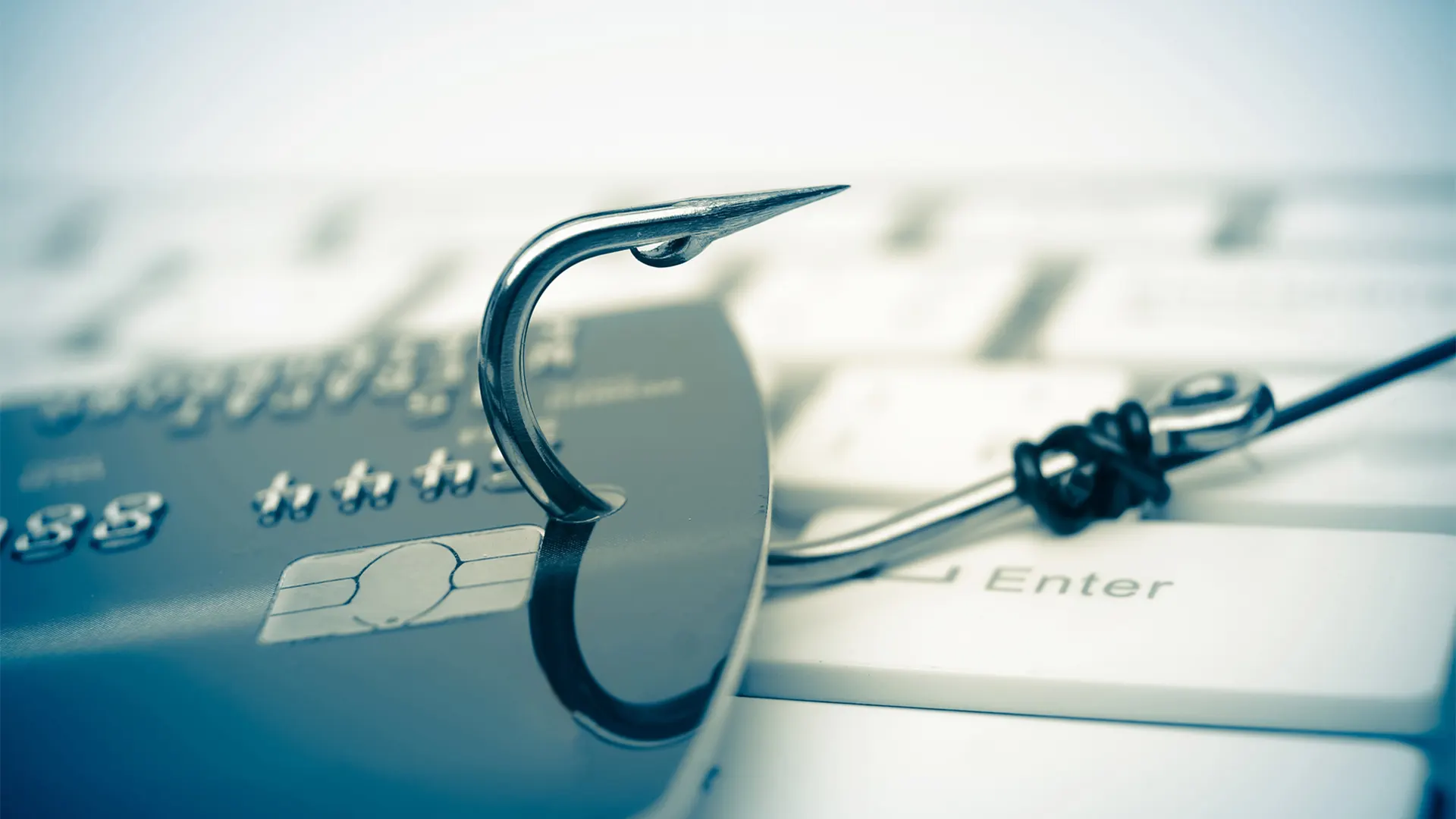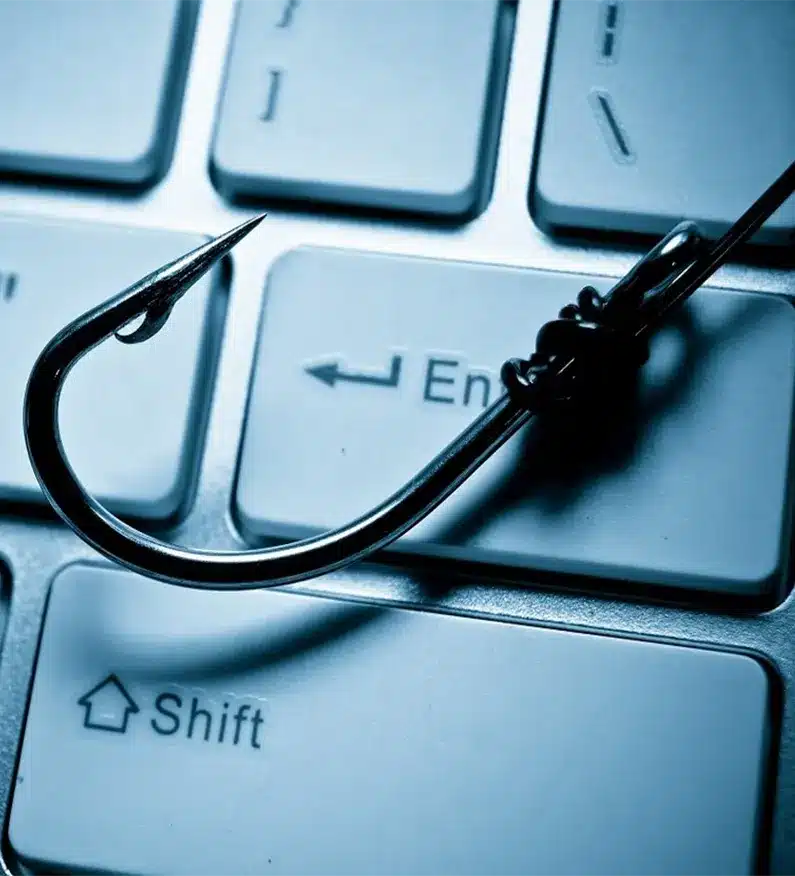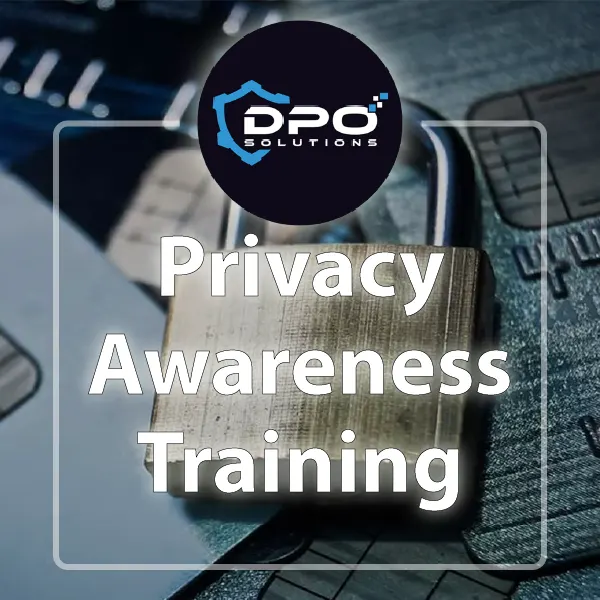
Phishing is a type of cyber attack where attackers attempt to trick individuals into revealing sensitive information, such as passwords, bank account details, credit card numbers, or Social Security numbers, by pretending to be a trustworthy entity. Here at DPO Solutions NY we care about your security, here are some phishing avoidance tips to help you avoid falling victim to phishing attacks:
1. Be Skeptical of Unsolicited Communications
- Emails, Texts, and Calls: Be cautious of unsolicited emails, text messages, or phone calls that ask for personal information. Legitimate organizations typically do not request sensitive information via these methods. Increasingly these emails are becoming more sophisticated with the advent of AI so it’s important to track the latest advice from banking institutions and cyber experts.
- Unexpected Attachments or Links: Do not click on links or download attachments from unknown or unexpected sources. Typical attachments may look innocuous in the form of PDF’s, Word and Excel attachments hence the importance of checking the trustworthiness of the source.
2. Verify the Sender
- Check Email Addresses: Look closely at the sender’s email address. Phishers often use email addresses that resemble legitimate ones but may have slight misspellings or extra characters.
- Contact the Organization Directly: If you receive a suspicious message from a company, contact them directly using a known, official phone number or website to verify the request.
3. Look for Red Flags
- Urgency: Phishing messages often create a sense of urgency, pressuring you to act quickly. These can often be seen in messages saying that a package is waiting for you, your account is locked and you need to act before it’s permanent or you’ve won a free gift which is time limited.
- Poor Grammar and Spelling: Many phishing emails contain grammatical errors and awkward phrasing.
- Generic Greetings: Phishing emails often use generic greetings like “Dear Customer” instead of your name.
4. Hover Over Links
- Inspect Links: Before clicking on any link, hover your mouse over it to see the actual URL. Be cautious if the link address looks suspicious or does not match the context of the message.
5. Use Multi-Factor Authentication (MFA)
- Add an Extra Layer of Security: Enable MFA on your accounts whenever possible. This adds an additional layer of security, making it harder for attackers to gain access even if they have your password. Most online services will offer this, but you will likely have to enable it.
- Change Passwords Frequently: If you are the victim of phishing, weak passwords on your accounts will likely accelerate the damage. It’s very common for malicious code from phishing emails to look for passwords on your device and on the network if your in an office environment. Strong passwords are ones that are at least 12 characters with a combination of upper and lower case letters, numerals and non-alpha-numeric characters.
6. Keep Software Updated
- Regular Updates: Ensure that your operating system, browser, and security software are up to date. Updates often include patches for security vulnerabilities that phishers could exploit. It’s important to include desktop apps like Adobe as well in the update process and not to delay rebooting your device as vulnerabilities can be exploited quickly.
7. Educate Yourself and Others
- Stay Informed: Keep up with the latest phishing techniques and share this knowledge with friends, family, and colleagues.
- Training: If you are part of an organization, consider providing regular phishing awareness training to employees like this ONE to keep up to date on the latest threats.
8. Use Anti-Phishing Tools
- Browser Extensions: Consider using browser extensions or security software that can help detect and block phishing websites. Some popular ones are McAfee WebAdvisor, Norton SafeWeb and Windows Defender Endpoint.
- Email Filters: Use email filters to reduce the number of phishing emails that reach your inbox. Outlook and other clients will allow you to create rules to specifically allow or deny emails based on criteria such as source email address, subject and content. They can be quite effective.
9. Report Phishing Attempts
- Report to Authorities: If you encounter a phishing attempt, report it to your security staff / helpdesk at work and consider reporting it through USA.gov or the European Crime Prevention Network or in the UAE on this site.
- Report to the Impersonated Organization: Notify the organization that is being impersonated so they can take action.
10. Backup Your Data
- Regular Backups: Regularly back up your data to an external drive or cloud storage. In case of a phishing attack that leads to data loss, you can restore your information. Consider using native apps on Android and Apple devices for backing up your data as they are considered the most reliable for these platorms.
By following these tips, you can significantly reduce the risk of falling victim to phishing attacks and protect your personal and financial information.




